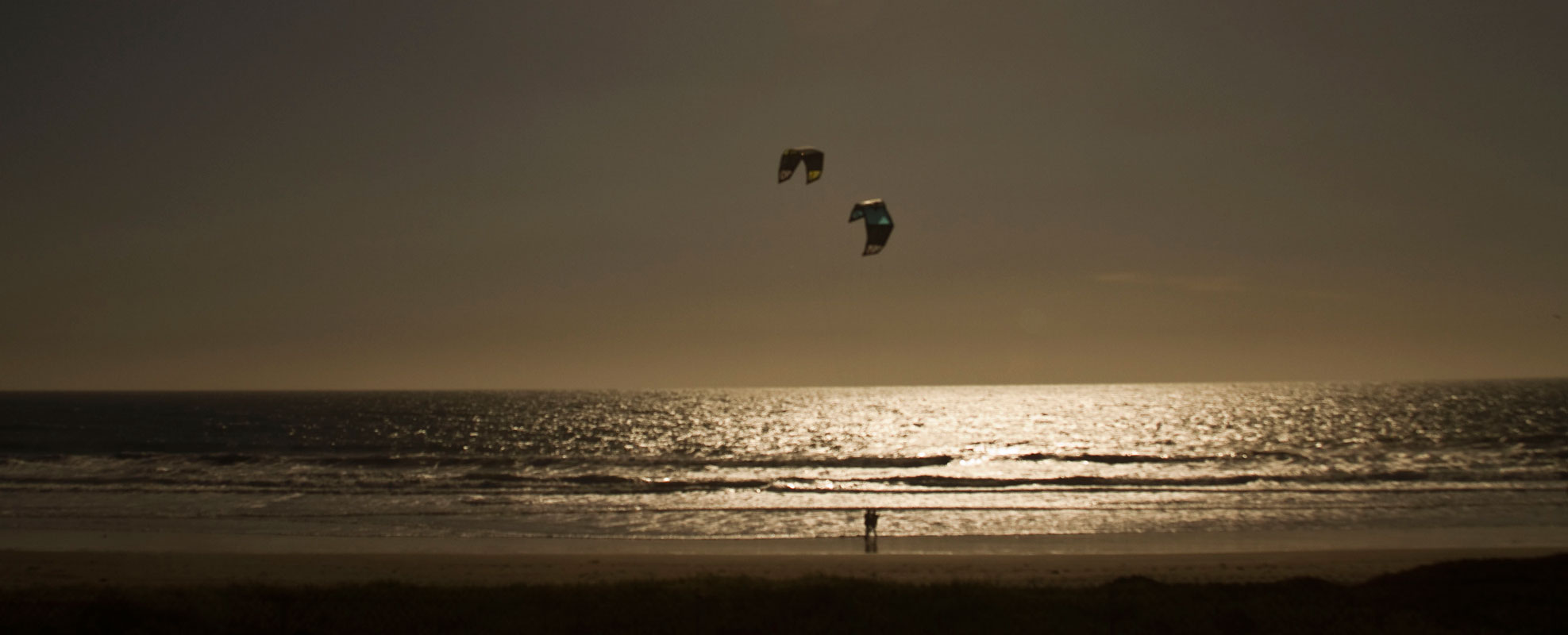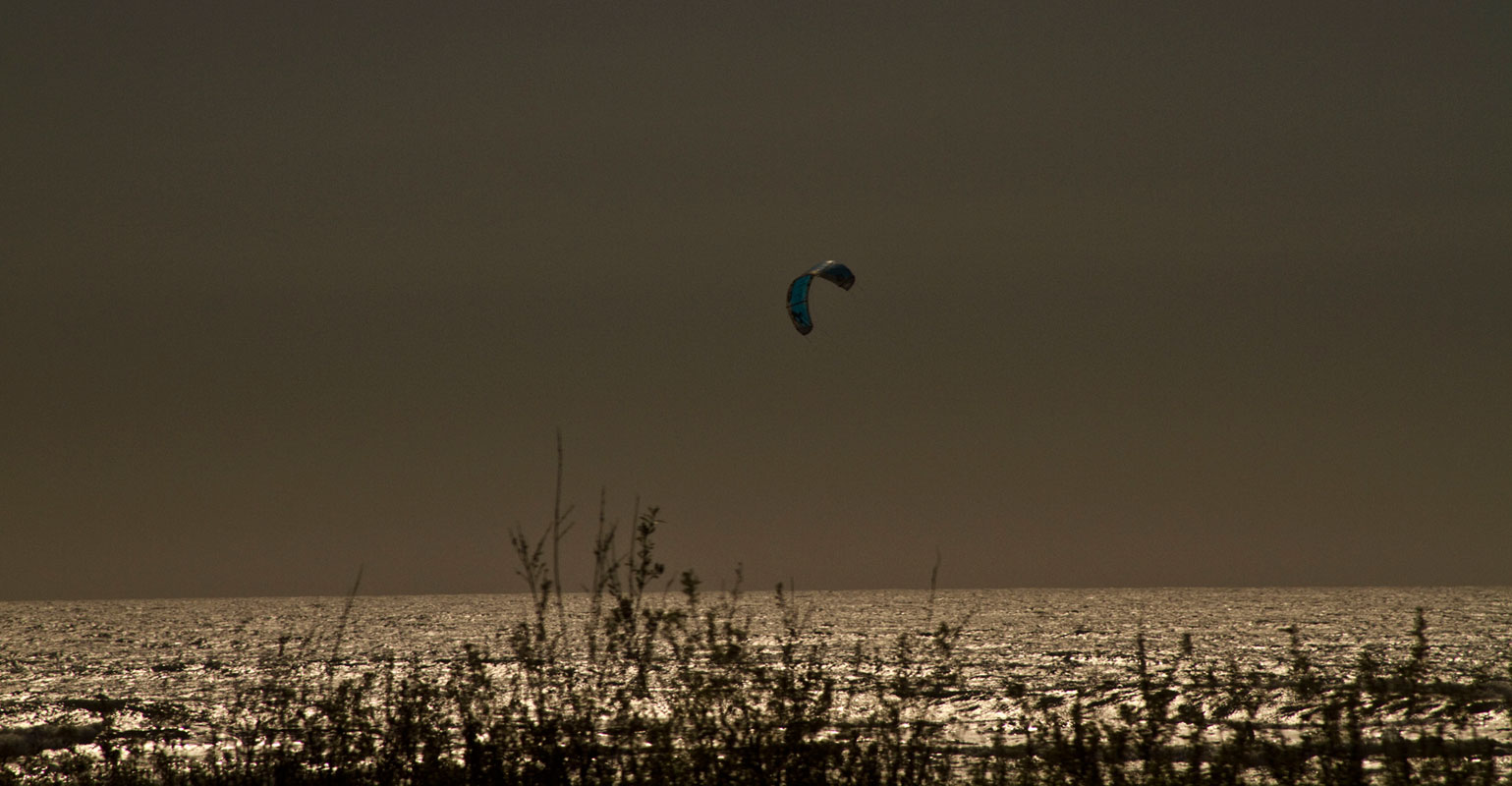.As promised, here we go with some very basic information on power in your RV.
Remember, if you know much of anything about electricity, this is not for you. You already know all this!
For the beginner, this will seem like a lot of info, but I've tried to keep it simple. Just read it over a couple of times and hopefully it will help you to begin to understand the electrical power in your RV.
Before I go any further, one note . . . If you are ordering a new rig (probably a Lazy Daze) I think one of the most important options you can pay for is to get as many 12 volt (Direct Current or DC) and 110 volts (Alternating Current or AC) outlets as they will give you. It's been my experience that they're never where you want them, so I like having them everywhere! We got all they would allow, and still had to put more in!
OK, back to basics.
110 volt power is what you have in a regular house. It comes from the power poles that feed into your outlets. You access it via a regular 2 prong plug (or sometimes a 3 prong plug). If there are three prongs, the flat ones supply the power, and the bottom round prong is a ground plug. Don't ask me to explain ground plugs. I don't really understand them (and I don't really care), but I know they're a good thing.
12 volts is what is supplied to your RV by way of your battery bank. In your RV, if you're sitting out in the middle of nowhere, you're running off of 12 volt power supplied by your batteries. Think of those little plugs that go into your cigarette lighter in the car. This is a 12 volt outlet.
In most newer rigs, the 12 volt plugs up in the front of the cab are powered by the cab battery. This cab battery is located under the hood, by the engine. The house batteries, which power the lights, etc. in the living quarters of the
motorhome are located somewhere in the "house body" of the
motorhome.
One short note about house batteries. They come in two types, flooded cell and sealed (
AGM or gel
cell). If you have flooded cell batteries (and most rigs come with flooded cell batteries) you must maintain them by checking that they have enough distilled water in them. If your batteries don't have enough water, they will die a premature death. There are many ways to water your batteries but that's another subject. Just remember that this is a crucial step in preserving your power.
KEEP YOU BATTERIES WATERED!!!If you have replaced your flooded cell batteries with
AGMs or gel
cel, they are sealed and never need water. There are many advantages to sealed batteries, but they are considerably more expensive than flooded cells. Since most RVs come with flooded cell batteries, that's what I'm going to talk about here.
So here you are, out in the desert, relying on your batteries for power. You can only use lights and appliances that are 12 volt, so nothing that uses a regular 2 prong plug will work. Most RVs use 12 volt lights, so you can use them, but remember, they are drawing power from your batteries.
If you want to use regular 110 volt items (DVD players, some TVs, charge your computer, etc.) you need to buy an inverter.
An inverter takes the 12 volt power from your batteries and changes it into 110 volts. Inverters come in several models, portable and hard wired. A small portable inverter plugs in to your 12 volt outlet, but contains regular house plugs that take the 2 or 3 pronged plug. Different inverters can handle different amounts of power, so before you buy one, you need to do a bit of research. We opted for a hard wired full house inverter, so with the flick of a switch, all the 110 volt outlets in
Cholula Red are "live". When we don't need this feature, we simply turn it off.
Depending on how much power you consume, you eventually will need to charge your batteries. This can be done in one of three ways.
One option is solar. Solar is a great boon to
RVers and we love having it on
Cholula Red. We have four panels, giving us lots of battery power, assuming we have the sun to power them. That said, solar is somewhat expensive, and not for everyone. While we often have hook ups, we have found that solar gives us the opportunity to camp at places with no power for extended periods of time. I look at solar as an addition that opens up options. It does a great job of charging the batteries, but since it's an option rather than a standard item, I'm only mentioning it here for informational purposes.
So back to talking about charging your batteries.
You can run your cab engine. This will charge your batteries via the engines alternator, and it's fairly efficient. HOWEVER, it's noisy, it pollutes and it uses a good amount of gasoline, so it's really not the best option.
If you have a generator, you can charge your batteries that way. It also uses gasoline, but not as much as the engine (they say about 1/3 of a gallon per hour, I've never checked). But there's a catch to charging the batteries via the generator. In order for your generator to charge your batteries, it has to use a device called a charger. And chargers come in various models.
Most RVs come with a plain charger as part of the built in converter. It takes the power made by the generator and it puts it in to the batteries. But here's where it gets tricky. Your batteries are sensitive, and they only want to take so much of a charge. If you overcharge them, they start to boil. When they boil, the water goes away and all of a sudden, your batteries are out of water . . .
And remember,
YOU WANT TO KEEP YOU BATTERIES WATERED!!!So here's where you might want to consider a smart charger. Not only does it charge your batteries, but it communicates with them. It knows when the batteries are low and need a lot of charge and it pumps the power in at a fast rate. When it reads that your batteries are getting close to full, it backs off to a lower rate of charge. And when it reads that your batteries are near to completely full, it goes in to a trickle charge mode.
Three stage "smart" chargers are a real boon to
RVers and I think a necessary upgrade in most rigs.
Now I want to talk a bit more about the power in your batteries. Now that you understand that the power comes from your batteries to your appliances, the question comes up, how do you know just how much power is left in your batteries?
The answer is simple.
You need a battery monitor.
Short story here . . . When we first got
Cholula Red, I was truly clueless about RV power. I understood that I didn't understand, and I wanted to learn. But when people would try to explain to me about power, they would start talking amps, volts and watts, and honestly, my eyes would just glaze over.
Regular readers may remember me talking about my brain missing the photo gene. Well, I'm also missing the electrical gene. I just want to understand the basics, and I want to know how much power I have/need/use.
I could care less about the math (and hence, this article).
But I did know that I was using a lot of power and I wanted to know where I stood. After all, we were running lights, watching television, playing DVDs, charging phones, computers, you get the idea. I wanted to know when my batteries were getting low, and I was completely clueless about how to find that out. Several people had told me that I could get this information from my solar controller (the device that monitors/controls the power from your solar panels to your battery). The catch was this- it would only give an accurate reading when there was no power going into or coming out of the batteries. And when would that be? Yep, I would find myself getting up in the middle of the night, turning on my flashlight and sneaking up to the display, trying to figure out how much power was left in the batteries.
There had to be a better way, and there was.
We got a battery monitor.
Now, with the push of a button it tells me that I have exactly 83% left in my batteries (or whatever the percentage is at any given time). Not only that, if I want to make sure my three stage charger is working, I can turn on the generator and see how much power is going in to the batteries (without using the 3 stage charger). Just as an example, say the number is 6 (amps, watts, whatever). Then by turning on the 3 stage charger, I see that all of a sudden my generator is putting in 59 or whatever. That's how a smart charger should work.
For me, managing the power in the RV became pretty simple after I got the battery monitor. If you don't want to have to learn all the math, it's the easiest way to manage your power.
___________________________
So that's pretty much my introduction to the electrical power that's used in an RV. I hope it helps someone, and if you have questions, please feel free to get in touch.
One more thing . . .
If you go out in your RV, and don't have a generator or solar power, then you must learn to conserve, or resign yourself to parking in places that afford you hook ups to electrical power.











































